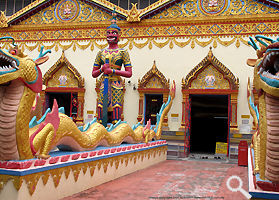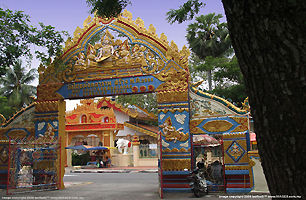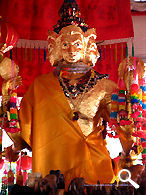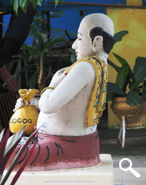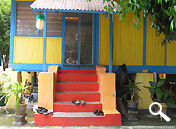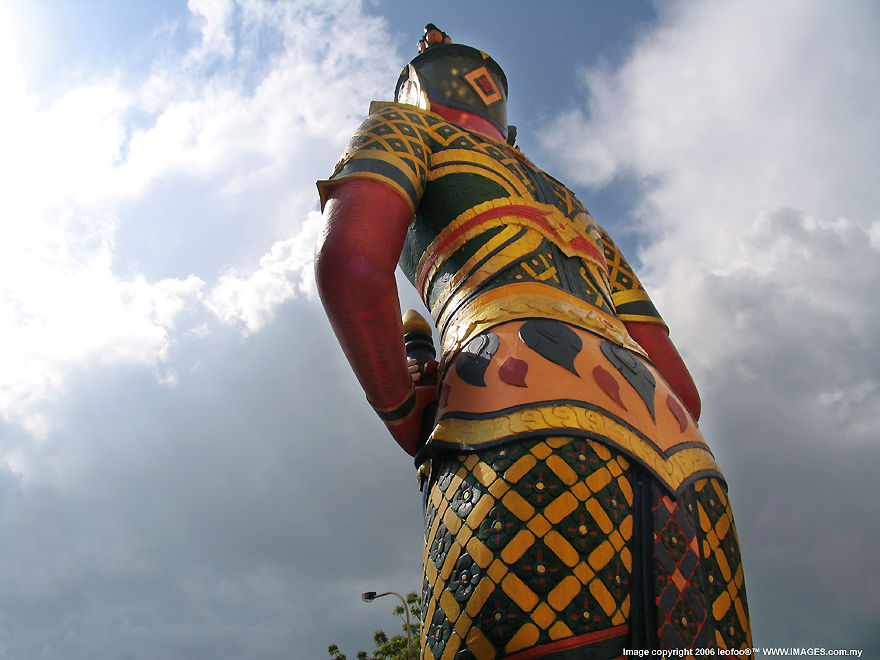 |
|||
A tourist visiting Wat Chaiyamangalaram and the opposite Dhammikarama Burmese Temple can be a very different experience from visiting a Thai temple in native Thailand.The main difference is the mix of various cultures of different religion as well as schools of Buddhism. Wat Chaiya and the not distant away Wat Buppharam blend local practices, merging the likes of Thai, Indian and Chinese origin rather than just Thai essence in design, statues expressions as well as decoration. You can called it unique in the sense where here in Penang, the locals believing in a more common state under the roof of Buddhism where differences of both Theravada Buddhists and Mahayana Buddhism is less distinguished than any parts of the world. And this perhaps has made visiting a Thai or temples in Penang more meaningful. |
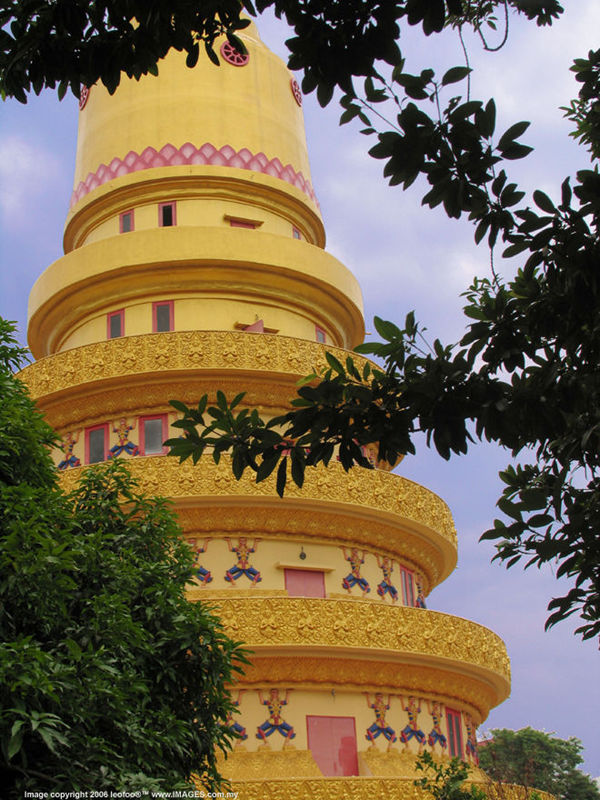 |
|
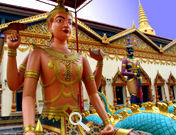 |
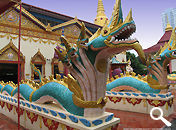 |
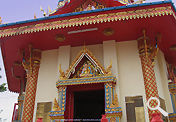 |
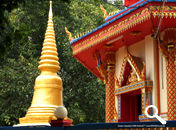 |
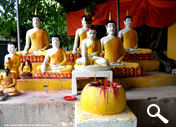 |
| previous | NEXT | 2/5 Index Page | Page
1 | Page 2 | Page 3 | Page 4
| Main Index Page | MESSAGE BOARD / GUESTBOOK | Wat Chaiyamangalaram Thai Buddhist Temple | Wat Buppharam Thai Buddhist Temple | Dhammikarama Burmese Buddhist Temple | Assisted by: Stan SL Thong <StanSLThong@yahoo.com>; Tony EH Kang <tony_itf@yahoo.com>; Raymond Goh (rockraymond168@yahoo.com) |
||||
|
| BACK |
Credit: To all the good people who have contributed their own experience, resources or those who are kind enough in granting us the permission to use their images that appeared on this site. Note: Certain content and images appeared on this site were taken by using a Canon PowerShot Pro-1 digital camera. Some materials appeared on this site were scanned from some leaflets, brochures or publications published by Wat Pak Nam and/or contribution from surfers who claimed originality of their work for educational purposes. The creator of the site will not be responsible for any discrepancies that may arise from such dispute except rectifying |
